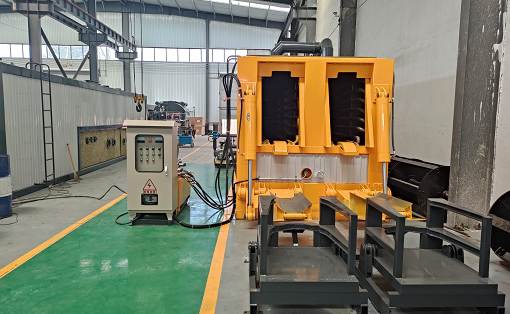Emulsified asphalt equipment with high anti-rutting coefficient
Emulsified asphalt equipment is a special equipment for producing emulsified asphalt. The emulsified asphalt produced by emulsified asphalt equipment is used in many industries. I wonder how much you know about the emulsified asphalt produced by emulsified asphalt equipment. Let’s take a look at them one by one:
Slurry seal is a cold mix asphalt mixture with the advantages of aggregate and asphalt mixing. Under normal circumstances, similar graded slurry seal has a higher modulus than hot mix asphalt mixture, so it is often used to fill road rutting. The higher stability has a higher resistance to deformation. The mixture is usually composed of harder fine aggregate grading and wear-resistant aggregate with high sand equivalent, especially micro-seal and polymer-modified seal. This greatly increases the strength and integrity of the road surface. This makes the road surface have high wear resistance and excellent deformation resistance. Emulsified asphalt emulsion is also easy to use on a mobile slurry seal paver, where mixing and admixtures are used for chemical control to meet maintenance needs.
Emulsified asphalt equipment is a special equipment for producing emulsified asphalt. The emulsified asphalt produced by emulsified asphalt equipment is used in many industries. I wonder how much you know about the emulsified asphalt produced by emulsified asphalt equipment. Let’s take a look at them one by one:
Slurry seal is a cold mix asphalt mixture with the advantages of aggregate and asphalt mixing. Under normal circumstances, similar graded slurry seal has a higher modulus than hot mix asphalt mixture, so it is often used to fill road rutting. The higher stability has a higher resistance to deformation. The mixture is usually composed of harder fine aggregate grading and wear-resistant aggregate with high sand equivalent, especially micro-seal and polymer-modified seal. This greatly increases the strength and integrity of the road surface. This makes the road surface have high wear resistance and excellent deformation resistance. Emulsified asphalt emulsion is also easy to use on a mobile slurry seal paver, where mixing and admixtures are used for chemical control to meet maintenance needs.


































